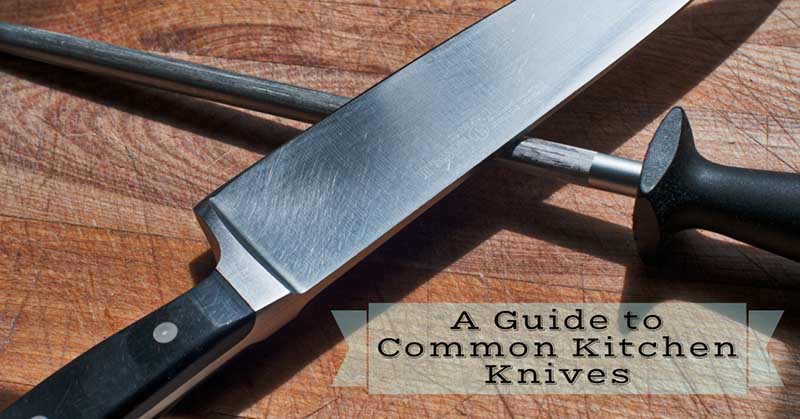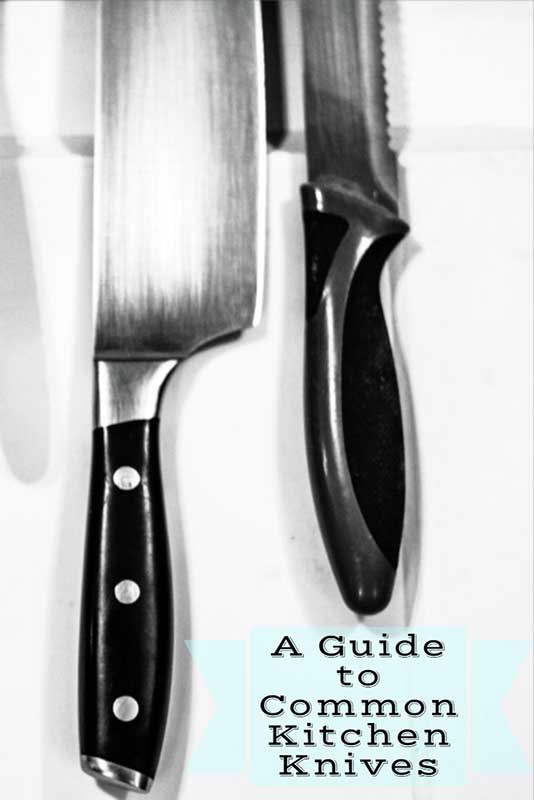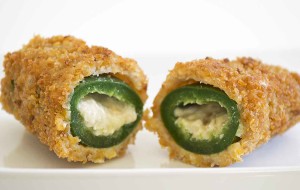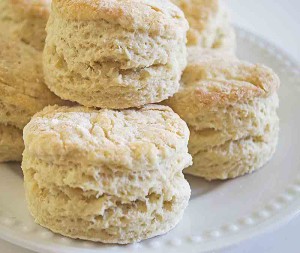
Please note that this post contains affiliate links, sales made through such links may reward me a small commission – at no extra cost for you.
An Ode to Kitchen Knives
Alright, admittedly this is not truly an ode. However, if you really think about it, the literary devices used in this article may qualify it as such in a very round-about manner. As noted in other articles, knives are a very important part to any kitchen, with each having it’s own purpose and cutting techniques. Sure, there are a great number of different tools and gadgets that can be used, but knives are at the core. Having no knives in a kitchen is like having a pizza without a crust, or soup without water. Taking the analogies into account, they’re not the same without a core ingredient, but that is not to say they’re impossible, especially if you’re into deconstructed recipes of differing contexts. Yet, we’re getting off track. The point is, knives are very important and we’re attempting to respect the fact that there may be some who do amazing things in a kitchen without them (we’re not sure how, but that would make a great article too, wouldn’t it?).
Back to the point at hand… get it? “Point”… knives have them… “at hand”… also where a knife can go… nevermind. Let’s get back to our non-ode, that might be an ode, and describe some of the most common, and a few of the less common, knife types.
The Chef’s Knife

The chef’s knife is typically a broad blade measuring 6-12 inches long and tapers to a point. Forgive the shout-out to the infomercials of the world, but it does everything! It slices tofu, carves squash, dices tomatoes, juliennes carrots, and even presses, or “squishes” if you’re feeling funky, garlic cloves (using the flat of the blade). The natural curvature of the blade also makes it perfect for rocking back and forth, for fast mincing. Larger blades make it a little more versatile and faster, but shorter knives are easier to control. Besides, it’s called a chef’s knife, so it must be good for cooking, right?
The Santoku

The Santoku is the Japanese version of the chef’s knife. Enough said. No?
The Santoku is also a multi-purpose blade in the kitchen. Its name, when roughly translated, means “three uses” or “three virtues”. On a personal note, “three virtues” sounds a little cooler because you can go far, FAR beyond slicing, dicing, and mincing if you’re on a thought pattern of what a virtue might be. For all we know, that Santoku knife in our drawer might have the virtue of justice, metering out punishment to the less righteous vegetables of the world! Back on point, the blade is usually between 5-8 inches long and has a flat blade, so it doesn’t rock back and forth like a chef’s knife. Its blade is, generally, thinner than a chef’s knife which makes it a better choice for making thinner slices.
In summation, this knife is an all-rounder and can do almost anything a chef’s knife can. In fact, it’s preferred over a chef’s knife by many. So the choice really is personal between the two.
The Paring Knife

The paring knife generally has a thin blade with lengths between 2.5-4 inches. The most common blades are straight, reminiscent of smaller, narrower chef’s knifes or even santoku style blades. However, some have curves added to them in both upward and downward facing natures of blade curvature. These variations are a matter of personal choice when it really comes down to it. Different variations suit differing purposes or handling styles. What is important is the fact that nothing, subjectively, is better for peeling your fruit and veggies or creating delicate garnishes.
The Bread Knife
This one is also known as a tomato knife. A bread knife is distinguished by a length of 7-12 inches in length and the uniform grooves along the sharp edge of the blade, which provides the jagged or saw-like definition of the term serrated. This blade will cut through bread without crushing or tearing it, which is where it handily derives its name, while it will similarly provide nice cuts to a tomato or other vegetables. Arguably, a nice sharp regular/flat blade will do the same thing on a tomato, or any vegetable, while achieving a much smoother cut (serrated blades sometimes leave scoring marks on slices), but that’s a matter of preference. Suffice it to say that some people use this knife to cut tomatoes, hence the alternate naming.
The Fillet Knife

Yes, they’re named for purposes that exist outside of a vegetarian or vegan kitchen, but they are useful for other purposes. These knifes have thin, narrow blades that usually measure between 5-7 inches long. They have differing thicknesses and, accordingly, flexibility (which defines a fillet knife, being very thin and flexible) that allows them to provide manoeuvrability not found in other knives. This particular feature of these types of knifes makes them excellent for carving pumpkins near Halloween or making more creative, skilful curved cuts in a vegetable-based or vegetable-only kitchen.
The Cleaver
Yes, it is generally used for purposes that exist outside of a vegetarian or vegan kitchen as well, but they are useful for other purposes. A cleaver employs a thick, heavy, rectangular blade that narrows to a sharp flat edge. A large cleaver can make short work of a watermelon or even particularly stubborn potatoes if you feel like bringing a proverbial gun to a knife fight.
The Utility Knife

The utility knife is typically between 4-7 inches long and can have a straight or serrated blade (which would make it a serrated utility knife). These knives are usually used as a smaller version of a chef’s knife or santoku, having similar blade definitions to both. Overall, they provide the versatility of a chef’s knife or santoku in a smaller package, fitting in between the two mentioned and a paring knife. Generally, utility knifes are medium-duty all-rounders that prove useful in many situations.









